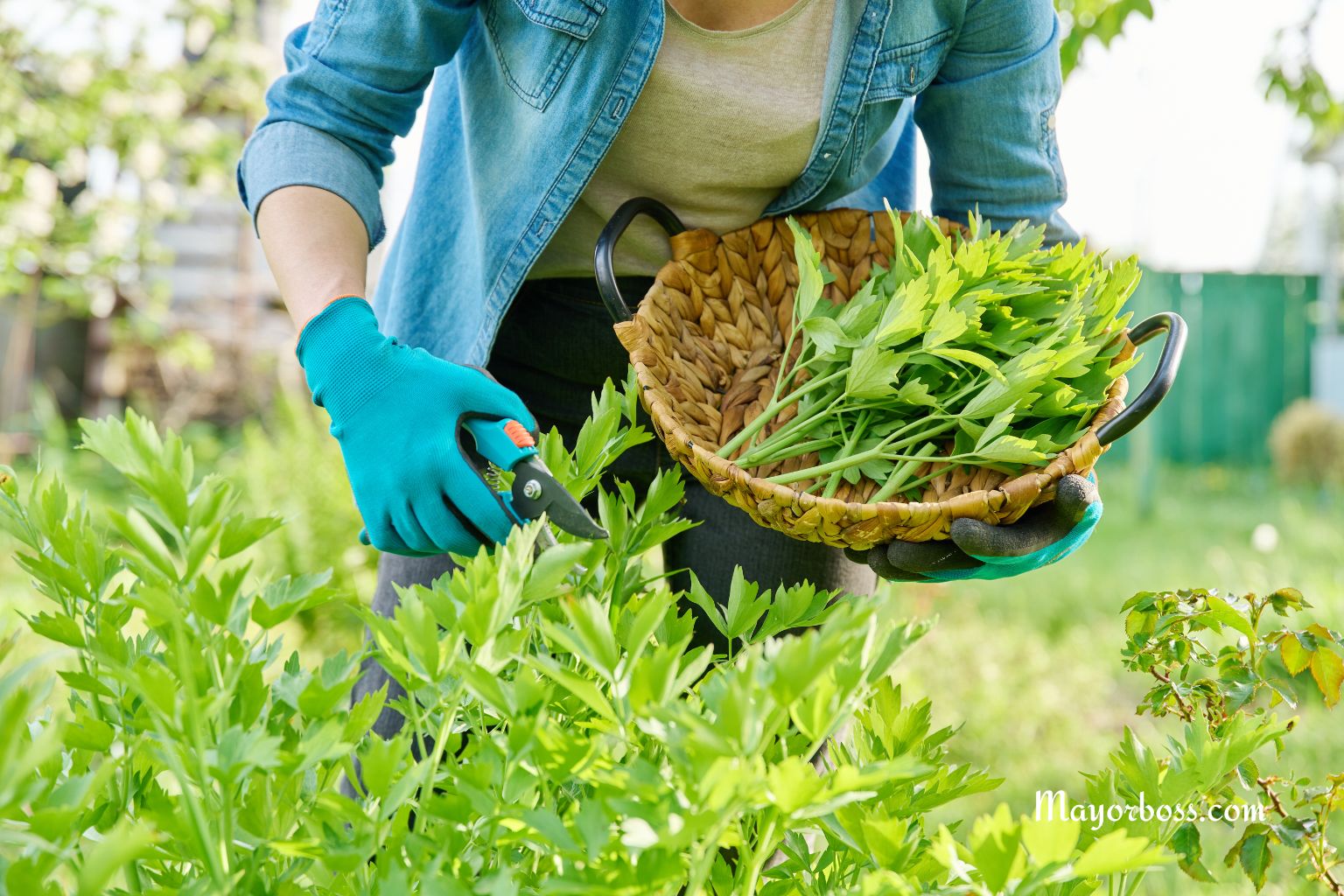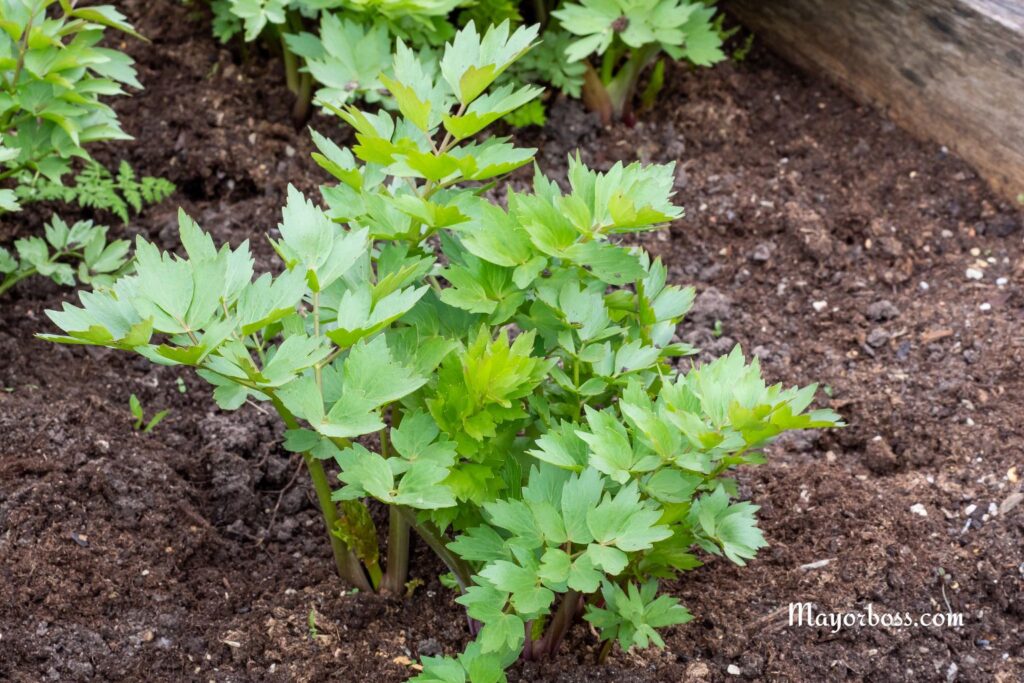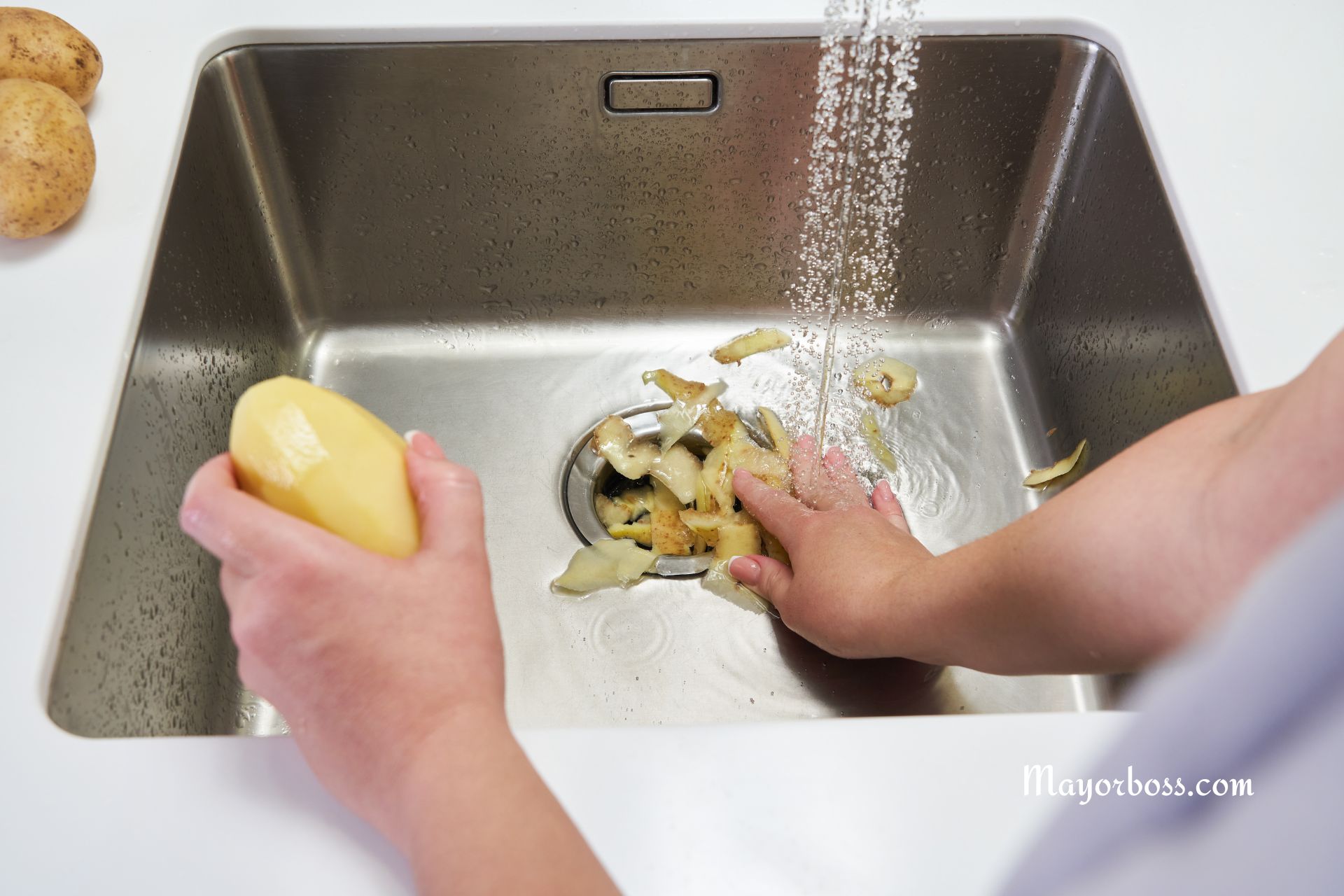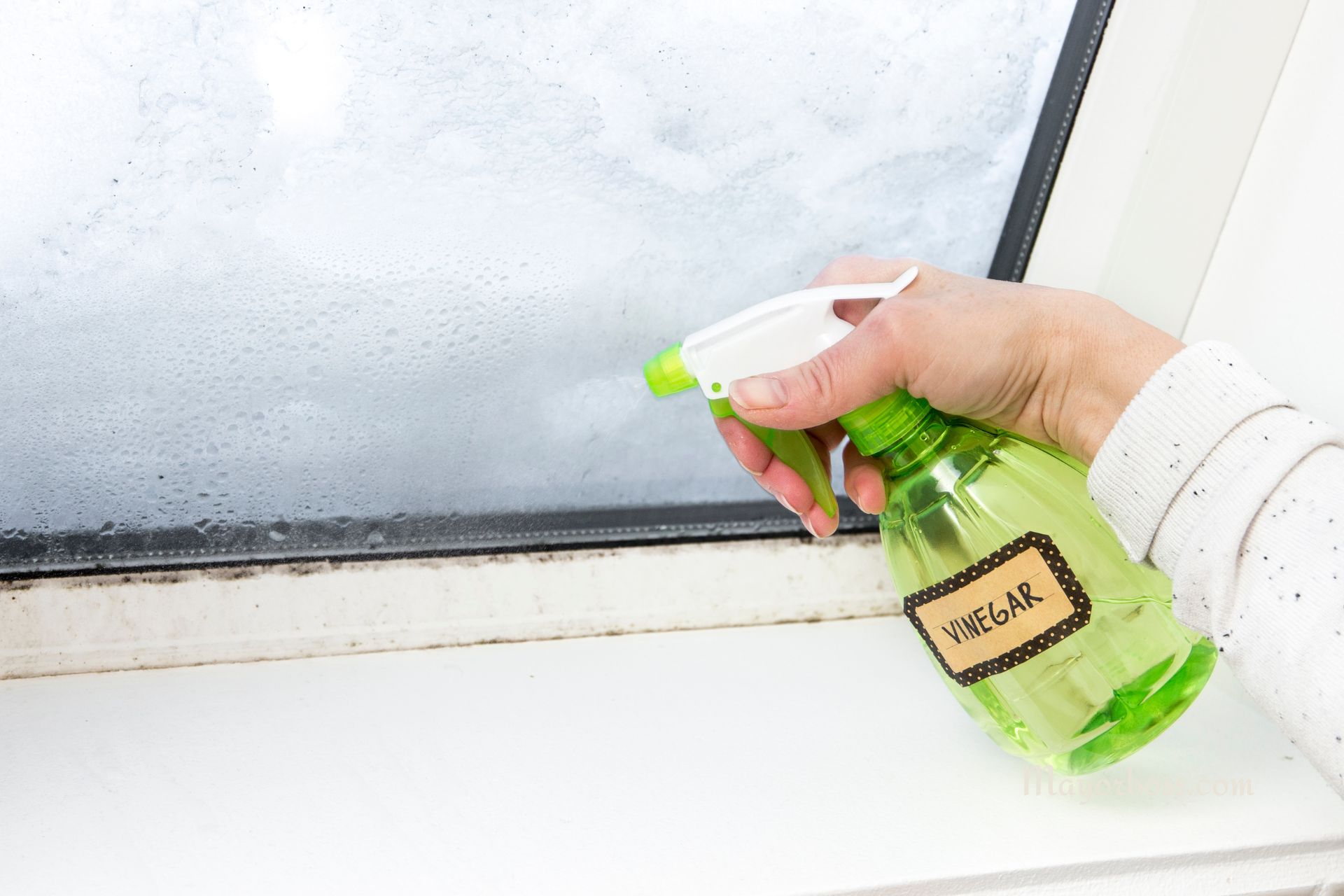How to Grow Lovage Plants: How to Cultivate This Underrated Herb
Lovage is a tall, leafy herb with a strong celery-like flavor. It grows easily in the garden and can flavor soups, stews, salads, and more. I love to eat the leaves and stems raw. Here’s everything you need to know about growing it.

What Is Lovage?
Lovage (Levisticum officinale) is a hardy perennial herb. It grows up to 6 feet tall and produces celery-flavored leaves, stems, and seeds. It’s part of the parsley family, but it tastes like strong celery with a hint of anise. Gardeners love it because it’s low-maintenance, fast-growing, and useful in the kitchen.1
Why Grow Lovage?
- It adds rich flavor to soups, salads, broths, and stocks.
- The leaves, stems, and seeds are all edible.
- It’s drought-resistant and comes back every year.
- It attracts pollinators like bees and butterflies.
- It’s a beautiful plant with tall stems and lacy leaves.
When to Plant Lovage
Start seeds indoors in early spring, about 6 to 8 weeks before the last frost. If planting outdoors, wait until after the last frost date in your area. Lovage prefers cooler spring weather to get established.
Where to Grow Lovage
Lovage thrives in full sun but can handle partial shade. Choose a spot with rich, moist, well-drained soil. It grows large, so leave space—at least 2 to 3 feet between plants.
If you’re planting it in a container, choose a deep pot. Lovage develops long roots, and shallow pots won’t work well.
How to Grow Lovage from Seed
- Start seeds indoors in small pots or trays using a quality seed-starting mix.
- Lightly cover the seeds with soil. They need some light to germinate.
- Keep the soil moist and warm—around 65–70°F (18–21°C).
- Seeds germinate slowly, often taking 10 to 14 days.
- Transplant seedlings outdoors when they’re 3 to 4 inches tall and after the last frost.
You can also sow seeds directly into the garden in spring or fall, though indoor starting gives better results.
How to Care for Lovage

Watering
Lovage likes consistent moisture, especially during the growing season. Water when the top inch of soil feels dry. Don’t let it completely dry out or sit in soggy soil.
Fertilizing
Lovage grows best in nutrient-rich soil. In spring, add compost or a balanced organic fertilizer to feed the plant. You can repeat this mid-season if needed.
Pruning
Cut back flower stalks unless you want to save seeds. Removing flowers helps the plant focus energy on leaf growth. In fall, cut the plant down to the ground. It will regrow next spring.
Mulching
Apply mulch around the base to keep the soil moist and reduce weeds. It also protects roots in cold winters.
Pests and Diseases
Lovage is mostly pest-free. However, it can attract aphids or spider mites. If needed, spray with a mix of water and mild soap. Avoid overwatering, which can lead to root rot.
Harvesting Lovage
You can begin harvesting leaves once the plant is about 12 inches tall. Pick young leaves for the best flavor. Cut as needed, and don’t strip the whole plant.
The stems can be used like celery. Chop them into soups or stews. The seeds, once dried, work as a spice, similar to celery seed.
In late summer, the plant produces yellow flowers. After they fade, you can collect seeds once they turn brown and dry.
How to Use Lovage in the Kitchen
- Add chopped leaves to soups, salads, and meat dishes.
- Use stems in place of celery.
- Steep leaves in hot water to make herbal tea.
- Use the dried seeds in bread, pickles, or marinades.
Overwintering Lovage
Lovage dies back in cold climates but comes back in spring. In USDA zones 4–8, you don’t need to dig it up. Just cut it to the ground after the first frost and apply mulch to protect the roots.
In colder zones, protect it with extra mulch or grow it in a large pot that can be moved indoors.

Tips for Success
- Don’t over-harvest in the first year. Let it establish strong roots.
- Avoid letting it flower too early. Pinch off flower buds to focus growth.
- Divide the plant every 3–4 years to keep it healthy.
FAQs
1. Is lovage easy to grow?
Yes. Lovage is low-maintenance and grows back every year once established.
2. Can I grow lovage indoors?
It’s possible in a large pot with plenty of light. But it grows best outdoors where it has room to stretch.
3. What does lovage taste like?
It has a strong celery flavor with a hint of parsley and anise.
4. How tall does lovage grow?
It can grow up to 6 feet tall and 3 feet wide.
5. Can I eat lovage raw?
Yes, you can eat the leaves raw in salads or cooked in soups and stews. The stems and seeds are also edible.






